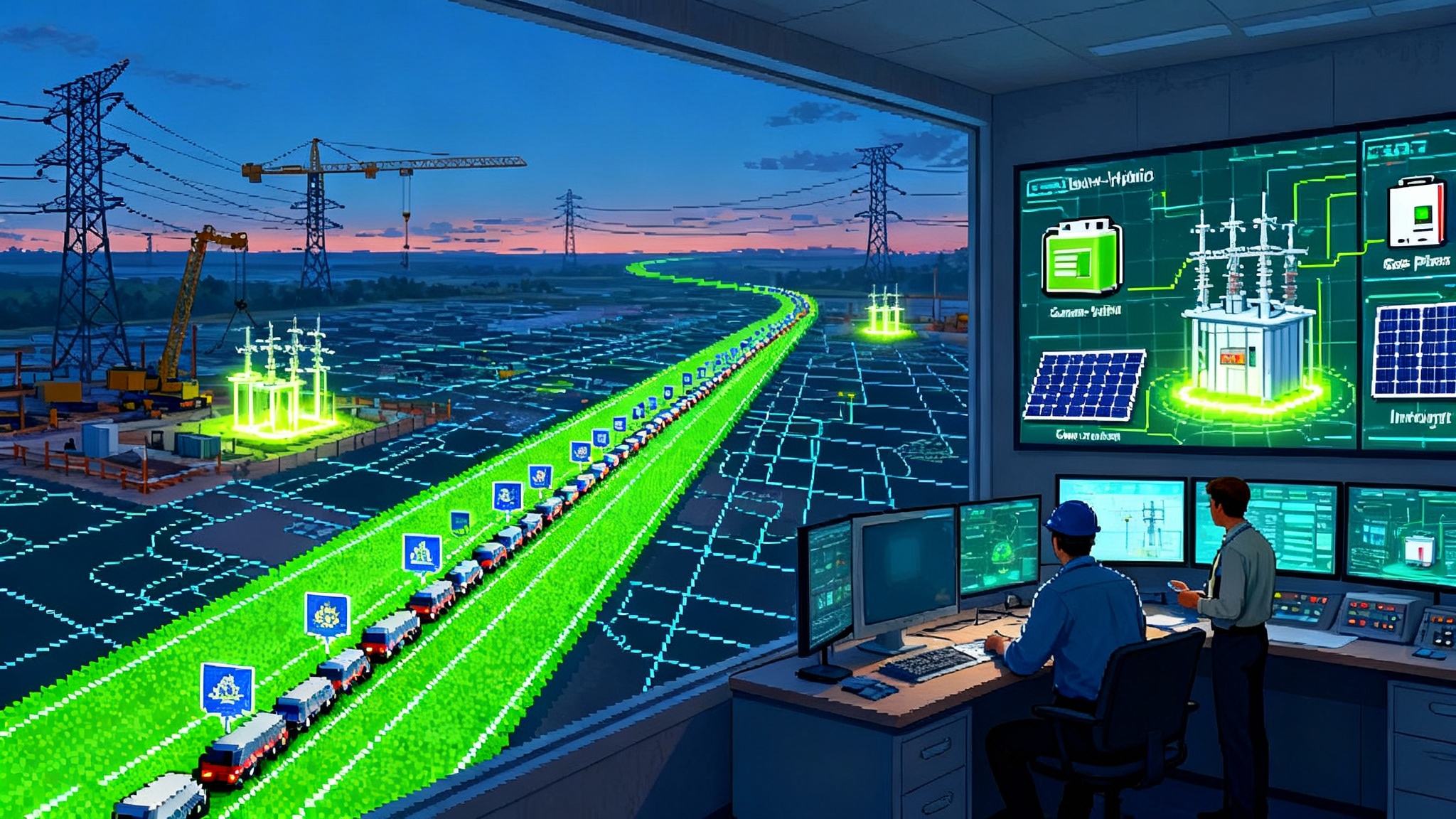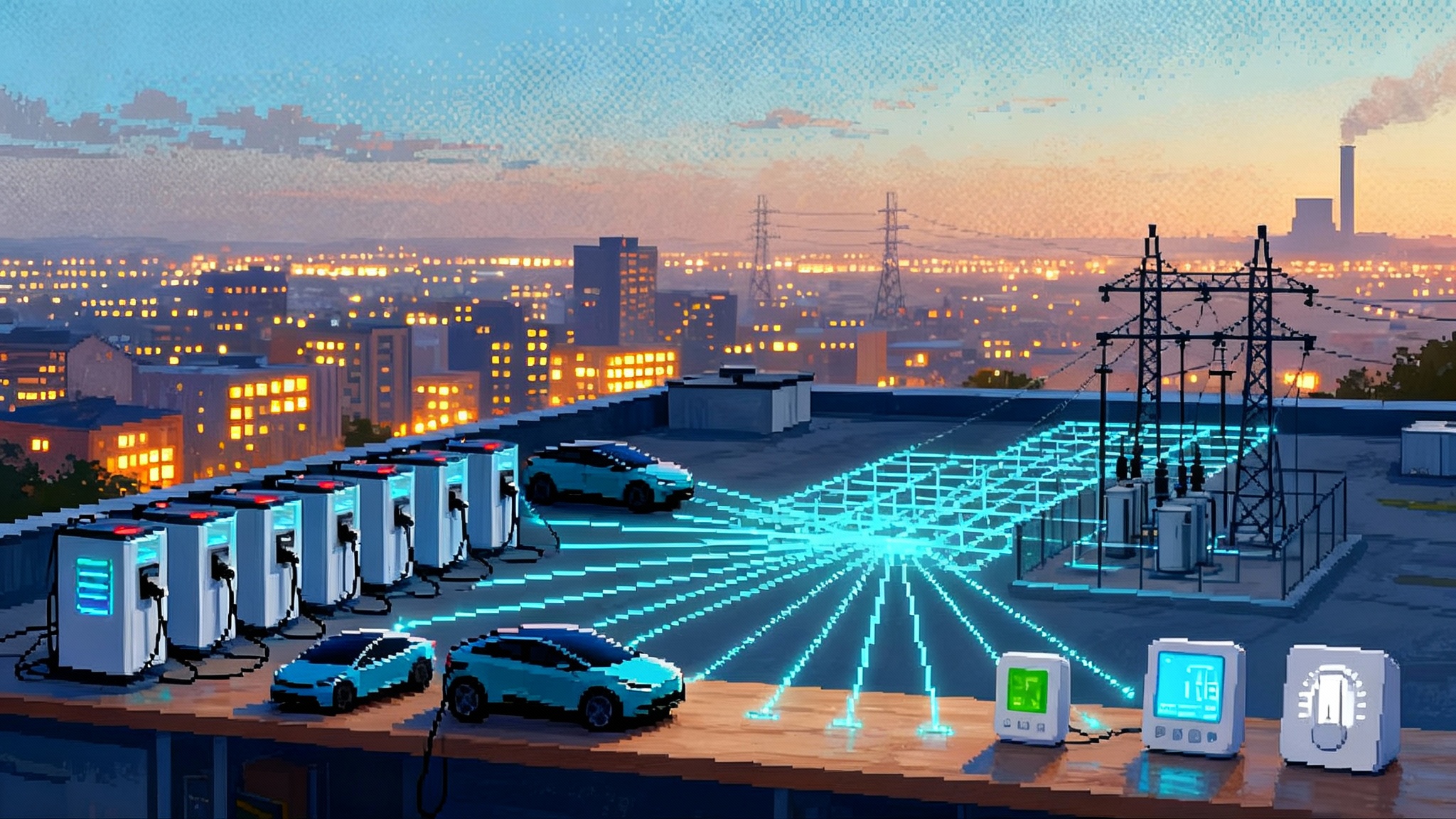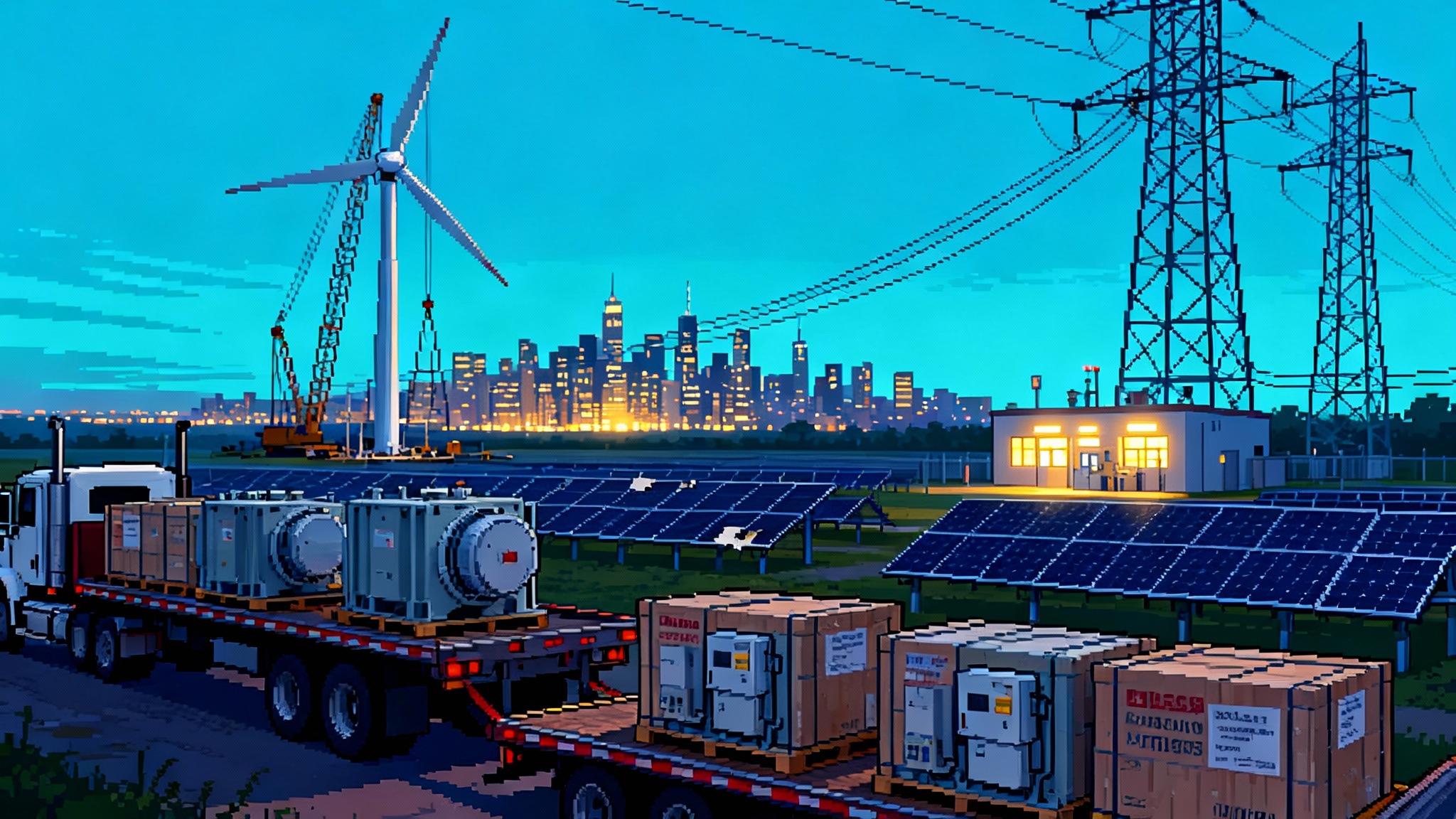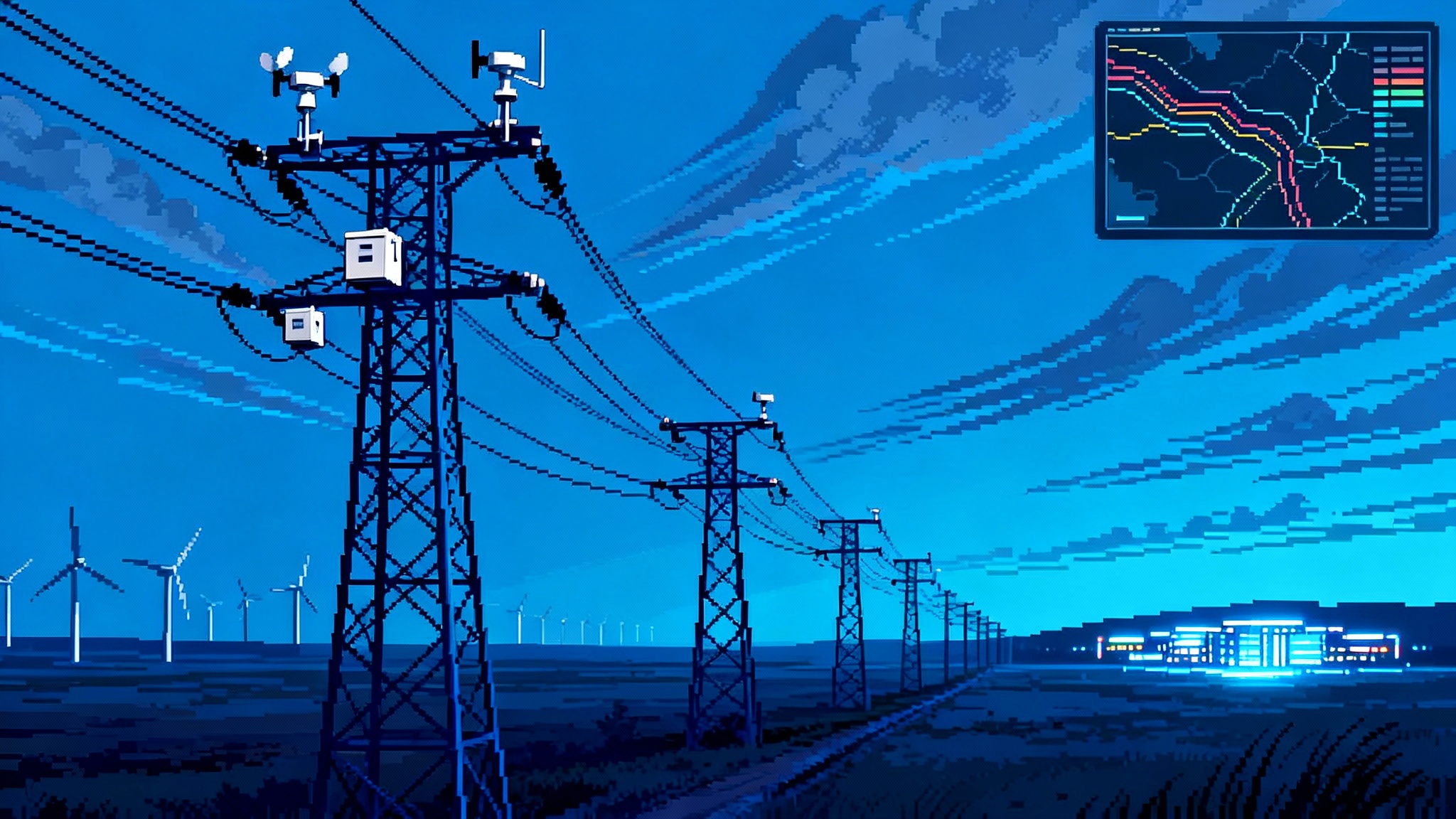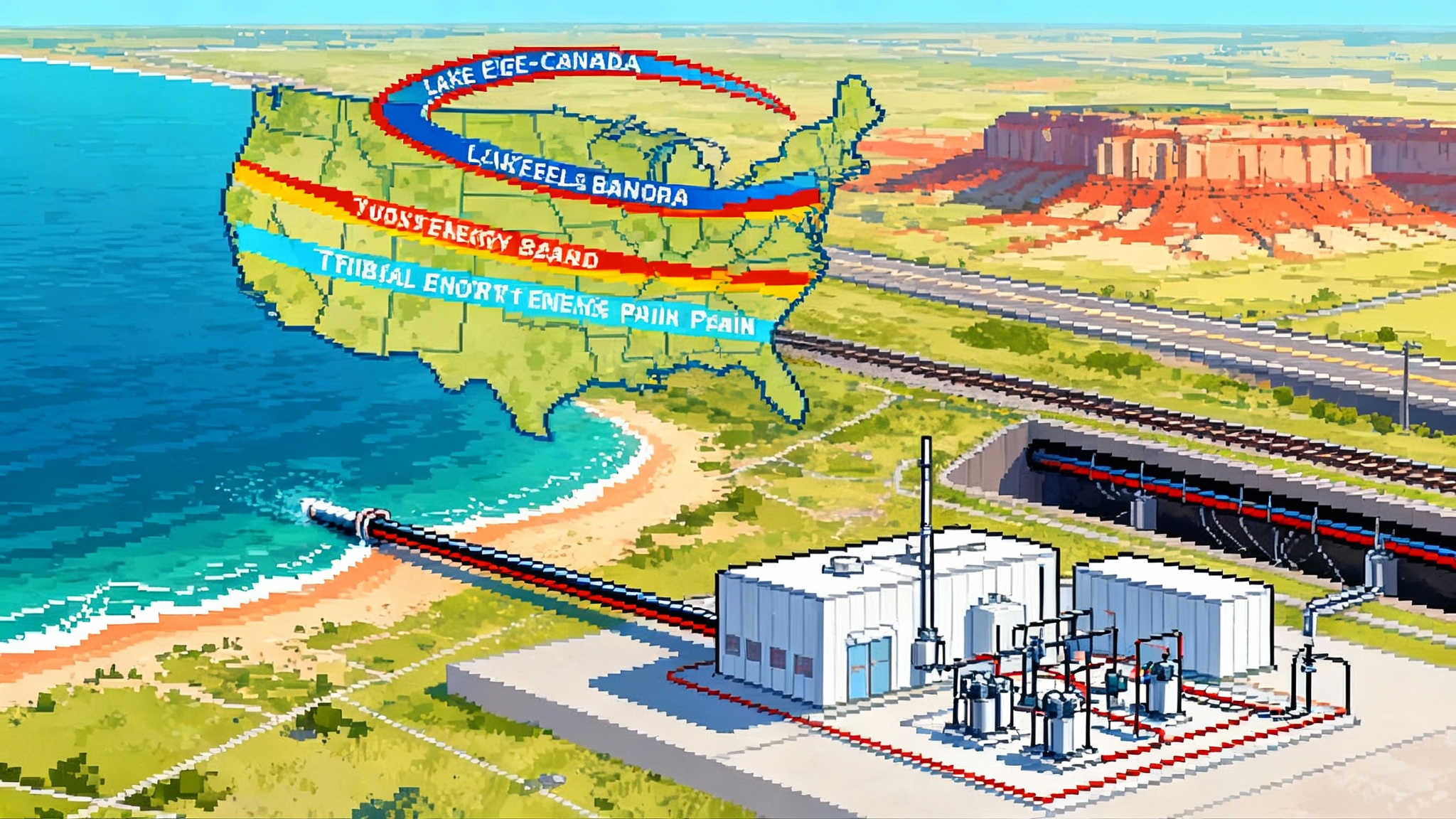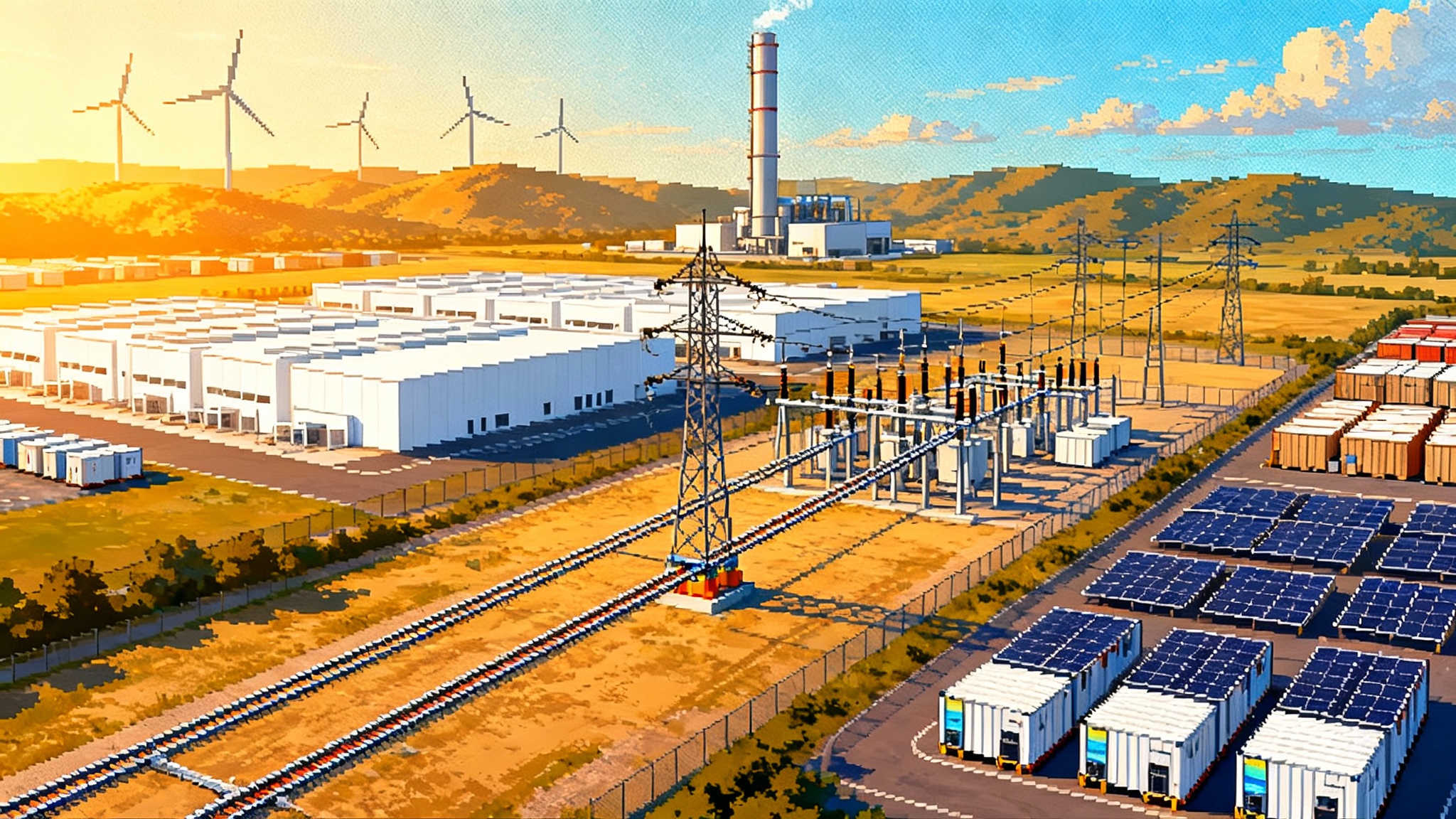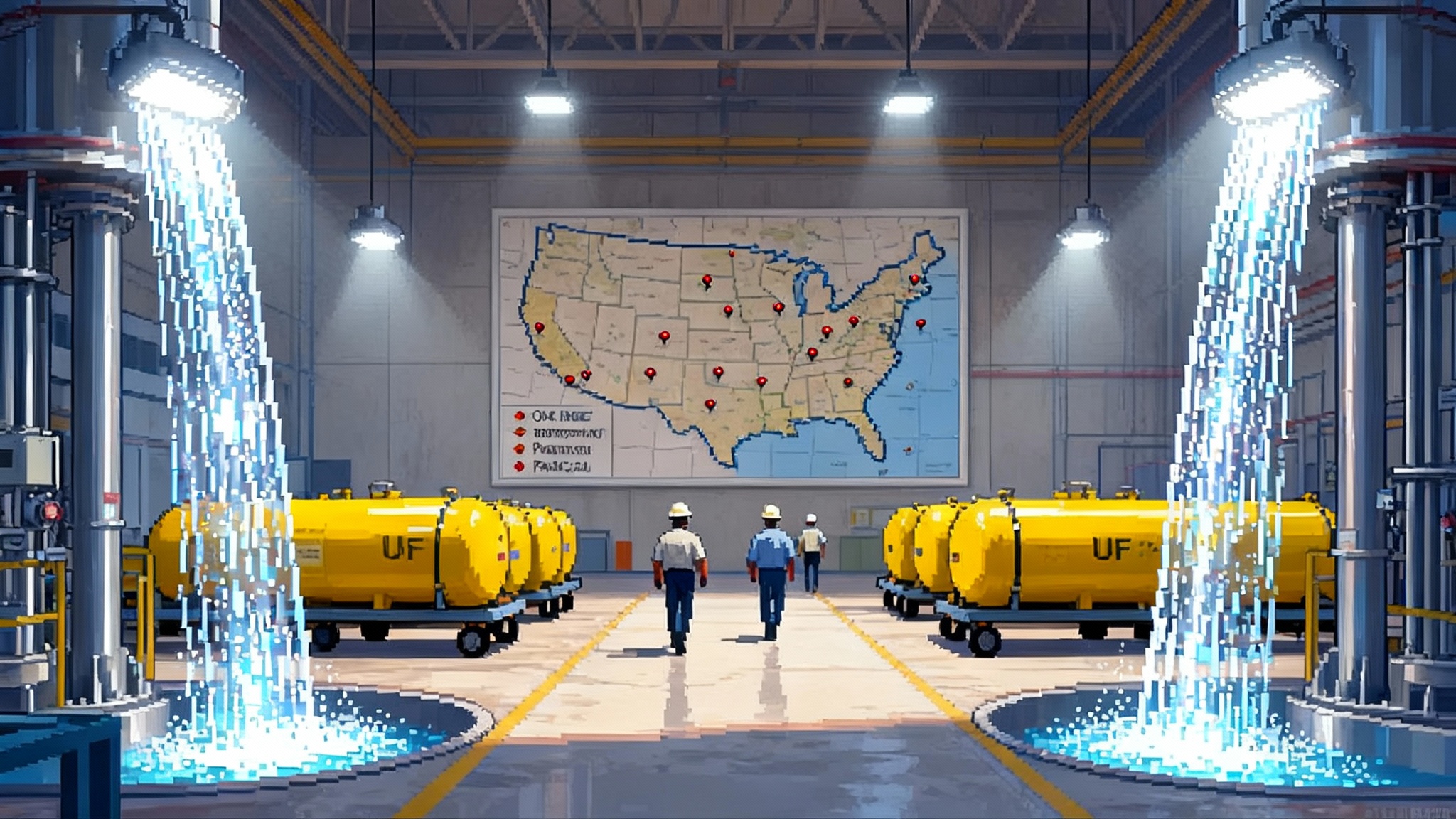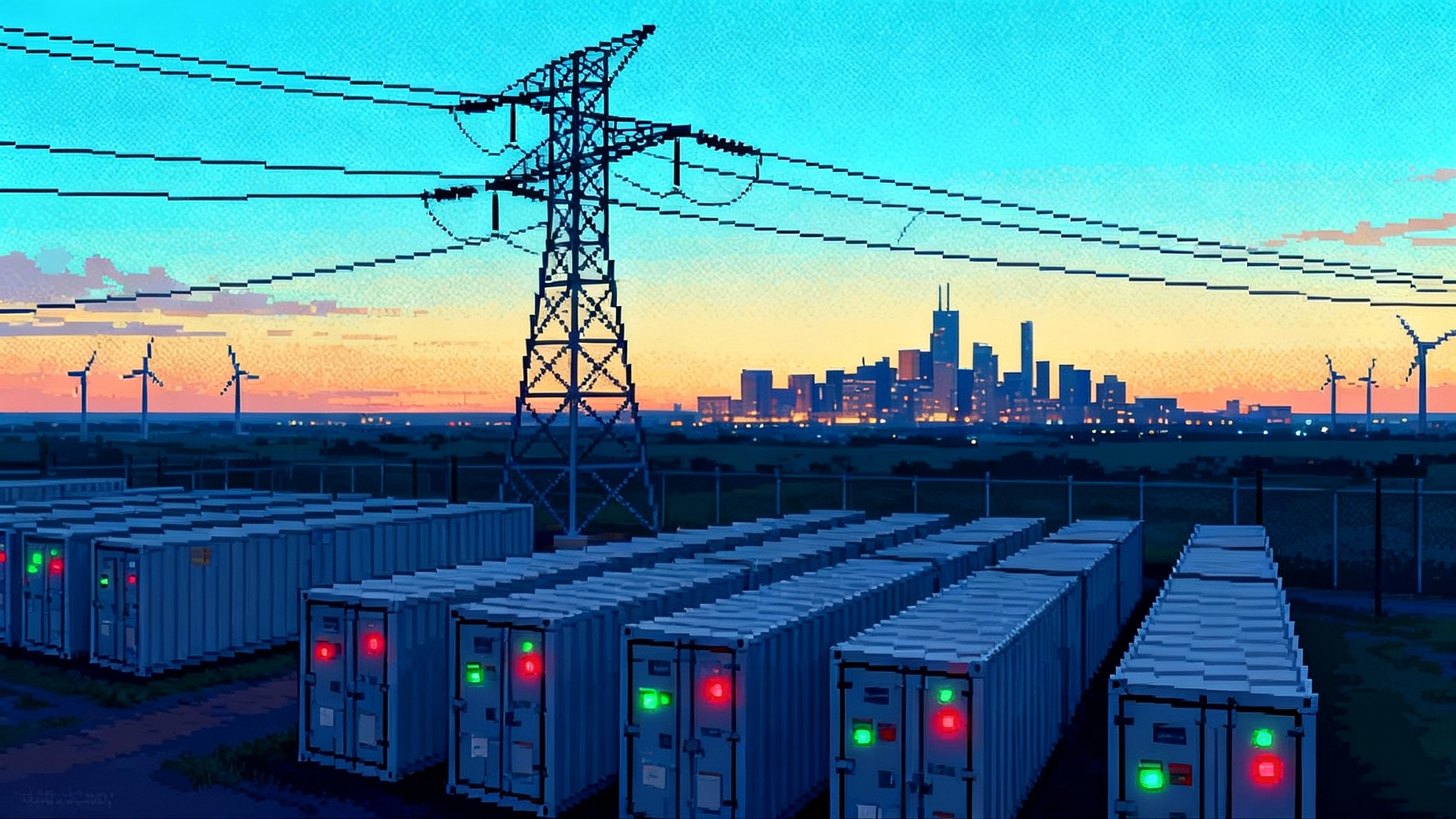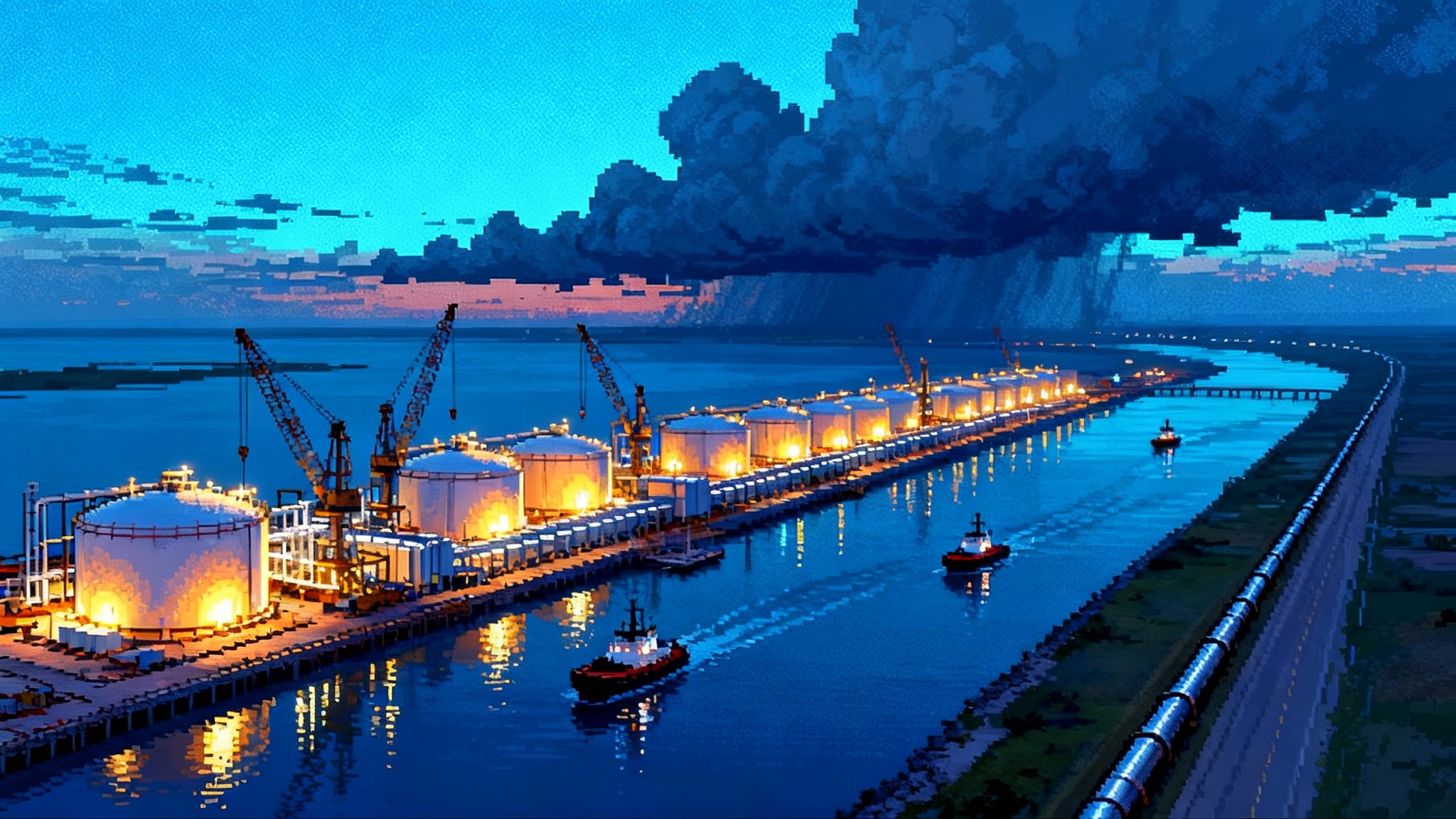America’s LNG Restart Puts the Gulf Back on Offense
With LNG export reviews back on track in January 2025, Gulf Coast projects and supply chains have shifted from pause to push. Here’s how fresh approvals reshape 2030 capacity, pricing risk, bunkering, and who advances next.
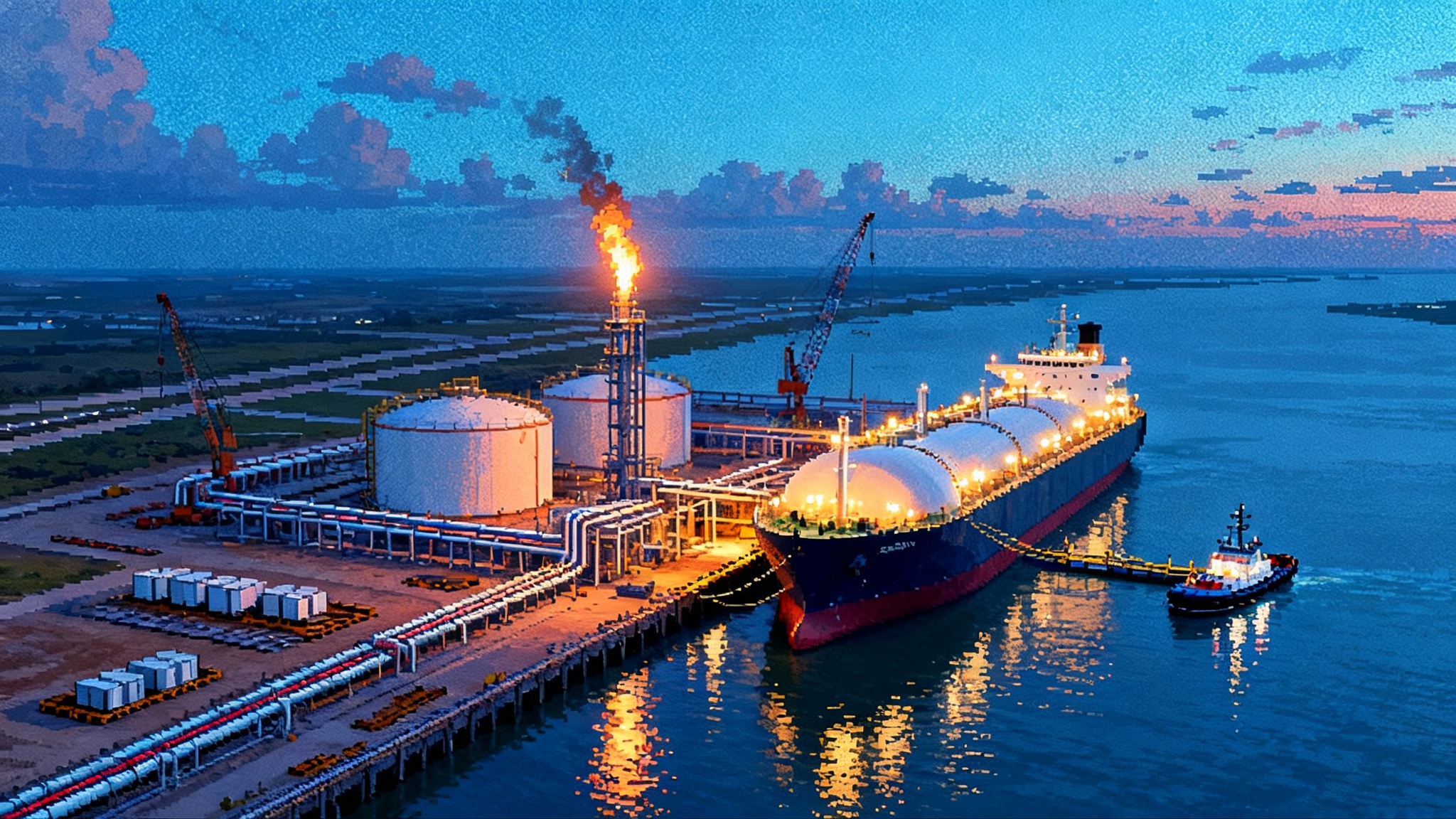
The pause is over, the race is back on
On January 21, 2025, the Department of Energy said it was resuming reviews and approvals for new liquefied natural gas exports, reversing the prior pause and returning LNG permit decisions to regular order. The signal could not have been clearer. Projects bottled up for a year were suddenly back on a clock, and Gulf Coast developers dusted off construction schedules and shipping charters. The pivot was captured in the department’s own words in its Day One statement, summarized in DOE ends the LNG pause.
That one document did more than restart paperwork. It revived confidence. Lenders and equity partners measure time in quarters, not in speeches. When the agency commits to move applications under the Natural Gas Act, engineering, procurement, and construction teams can order steel, book yards, and line up crews with fewer caveats. In 2025, that shift began to flow through schedules, contracts, and port backlogs along the Gulf.
Quick greenlights in Q1 and Q2
Two projects symbolized the restart. First, Venture Global’s CP2 LNG received a key Department of Energy authorization in March, unlocking the ability to export to countries without free trade agreements once construction hurdles are cleared. Second, Commonwealth LNG secured a conditional non free trade authorization in February, followed by subsequent progress toward a final approval and a late 2025 investment decision target. These are not minor footnotes. CP2 is the second act after Calcasieu Pass and Plaquemines. Commonwealth is a fast follower with a modular plan designed to compress construction timelines.
The government also cleared away smaller but meaningful obstacles. In late February, DOE clarified that it would not use Natural Gas Act authority to regulate ship to ship LNG transfers for marine fuel. That arcane sentence matters at the wharf. It removes doubt for operators planning bunkering services in places like Galveston, Port Arthur, and the lower Mississippi, where safety rules are strict and time is money.
In early March, DOE granted Golden Pass extra time to begin exports, acknowledging the knock on effects from contractor turmoil. Put simply, approvals restarted, extensions were rationalized, and signals to capital were aligned.
Golden Pass aims for a 2025 first cargo
Golden Pass is the closest major test of the restart’s practical impact. Co owned by QatarEnergy and ExxonMobil, the project has worked through a bruising contractor transition. By midyear 2025, filings pointed to an October cooldown cargo to chill equipment, a common final step before first production. If commissioning holds, first cargo could slip out before New Year’s Day, with Train 2 and Train 3 following through 2026 and into 2027.
The milestone will matter beyond a ribbon cutting. Golden Pass will be the ninth large U.S. exporter, but more importantly it will absorb several billion cubic feet per day of feed gas from the Permian, Haynesville, and Eagle Ford into a plant at Sabine Pass, Texas. Every incremental billion cubic feet per day needs upstream supply, pipeline takeaway, storage flexibility, tug and berth availability, and a lot of electricians and welders. The project is a full dress rehearsal for the mid to late decade wave.
How 2025 approvals reshape the 2030 capacity picture
The United States left 2024 as the world’s largest LNG exporter. The 2025 restart sets up two scenarios for 2030.
- Base case. Terminals already under construction reach steady operations by 2028 to 2029. These include Plaquemines phases, Rio Grande LNG phase one, Corpus Christi Stage 3, Port Arthur phase one, and Golden Pass. On this path, U.S. nameplate capacity lands in the high 20s billion cubic feet per day by decade end, with effective capacity somewhat lower depending on maintenance, ambient conditions, and upstream constraints.
- Upside case. Add final investment decisions at CP2, Commonwealth, and one or two brownfield expansions at existing sites. In this scenario, capacity edges toward 30 billion cubic feet per day by 2030, contingent on financing, construction bandwidth, and offtake quality. That would bring the United States close to one third of global LNG supply.
Either way, the 2025 approvals pulled projects forward by months, which is all it takes to tip a tight winter into a looser one, or to squeeze spot prices when a crowd of new trains come online together.
The Gulf Coast supply chain goes from sprint to marathon
The Gulf’s LNG economy is not one factory. It is a conveyor of tasks, people, and parts that must arrive on time.
- People. Skilled labor is the long pole. Bechtel, McDermott, Chiyoda, and their subcontractors are already stretched across Rio Grande, Plaquemines, Port Arthur, and Golden Pass. Every new notice to proceed pulls electricians, pipefitters, and crane operators from a finite pool. Wage inflation and retention bonuses are back. If you are a developer, early labor commitments and shuttle housing are not nice to have. They are existential.
- Steel and modules. The modular strategies that cut timelines rely on Asian yards and Gulf fabricators. Backlogs at module yards ripple into the Gulf six to nine months later. Builders that lock fabrication slots and inland barge capacity early will hit dates. Those that do not will make up time with cost.
- Ports and dredging. Sabine Pass, Corpus Christi, and Brownsville are adding or planning new berths and laydown space. Dredging windows, tug availability, and security zones are chokepoints. Terminals that coordinate with pilot associations and the Army Corps on multi year windows reduce the risk of a perfect plant that cannot load ships fast enough in winter.
- Power and water. Liquefaction uses a lot of electricity for compression, plus water for cooling. Local grids and water boards will need upgrades. Regional transmission planning under the NIETC corridors and buildout could ease bottlenecks, but timelines are tight. ERCOT storage growth, as seen in Texas batteries and reliability, can cushion peak loads but does not replace substation upgrades.
Pipelines: the quiet constraint
Every train is ultimately a pipeline story. The big Gulf terminals draw from the Permian Basin via long haul lines, from the Haynesville through Louisiana corridors, and from the Eagle Ford within Texas. In good times, constraints show up as basis blowouts. In bad times, they show up as curtailments at the plant.
The restart surfaces three pipeline risks that matter most through 2028.
- Timing gaps between plant commissioning and pipeline expansions. A six month mismatch can cost hundreds of millions in lost cargoes. Aligning in service dates is not back office work. It is a core project risk.
- Regulatory litigation. Pipeline projects have settled into longer cycles. Right of way, permitting, and court appeals can stretch a two year build to four.
- Gathering bottlenecks. It is tempting to focus only on long haul lines, but the last 50 miles matter. Extreme weather and local restrictions can pinch the flow right when a train needs steady supply for performance tests.
Developers that diversify feed gas basins, book firm transport early, and add on site storage flexibility will ride out the bumps. Those that assume last year’s basis holds may discover that a two dollar spread can erase a margin for months at a time.
LNG bunkering finally gets a tailwind
For years, shipowners have debated LNG as a marine fuel. The fuel lowers sulfur and particulate emissions, and can reduce carbon dioxide emissions compared with fuel oil when methane slip is managed, but the U.S. regulatory path for bunkering was cloudy. DOE’s February 2025 clarification that ship to ship bunkering does not require Natural Gas Act export authorization cut one layer of uncertainty. The practical effect is that ports from Houston to New Orleans can scale bunkering services with fewer legal handoffs among agencies.
This matters because the global LNG fueled fleet is set to rise through the decade as owners hedge against more expensive low sulfur fuels and future carbon rules. Gulf Coast bunkering can become a new line of business for terminal operators and gas marketers. Small scale liquefiers, coastal depot operators, and tug fleets will feel the pull first.
Emissions after Congress killed the methane fee rule
In March 2025, Congress used the Congressional Review Act to overturn the Environmental Protection Agency rule that implemented the methane waste emissions charge created by the Inflation Reduction Act. The joint resolution became law, and EPA cannot issue a substantially similar rule without new legislation. The statute that directed EPA to design a fee still exists, but the implementing rule is gone. In effect, the fee is off the field for now, as summarized in the Congressional Review Act repeal of methane rule.
That shifts the emissions landscape from a federal fee to buyer standards and private certification. Expect more of the following:
- Certified gas procurement. Utilities in Europe and Asia are already requesting gas certified to third party methane standards. Programs like MiQ and other independent verifiers are expanding in the Permian and Haynesville. Gulf exporters that can pair certified feed gas with monitoring at the plant will be first in line for premium offtake.
- Contractual intensity targets. Long term sales and purchase agreements signed in 2025 and 2026 are starting to include methane intensity covenants, monitoring and reporting obligations, and step in rights if a supplier fails to maintain certification. That looks a lot like sulfur specifications in oil contracts twenty years ago.
- Scope 1 and 2 reductions at plants. Liquefaction companies are investing in electric motors and carbon capture add ons where grid power and geology make sense. Even where carbon capture is not economic, co generation, waste heat recovery, and leak detection cut emissions per ton.
The takeaway is practical. If the fee is gone for now, the customer is the regulator. Developers that treat methane performance as a product attribute will close contracts faster and at better netbacks.
Who advances, who stalls
No one has a crystal ball, but the restart reveals momentum and friction.
Advancers
- Golden Pass. Commissioning sequence underway, first cargo targeted for late 2025. The scale and location make it a cornerstone of Gulf exports.
- Plaquemines and Port Arthur. Strong builder bench, deep offtake, and visible construction. These trains anchor the mid decade wave.
- Rio Grande LNG phase one. Financing and construction in place. Pipeline timing and workforce continuity are the watch items.
- CP2 LNG. A marquee authorization in 2025 and significant contracted volumes. Final investment decision timing will track construction capacity and ongoing regulatory steps.
- Commonwealth LNG. Conditional authorization in Q1 and commercial momentum. A late 2025 final investment decision would position first LNG near the end of the decade.
Strugglers
- Projects without firm transport and diversified gas supply. Feed gas strategy is now a gating item, not a footnote.
- Late stage proposals with thin offtake quality. Banks are looking through counterparty credit more strictly in a world where supply could exceed demand for a time.
- Mega expansions chasing the same builders. Engineering, procurement, and construction bandwidth is real. If your chosen contractor’s yard is full, dates will slip.
Pricing and contract risks if supply outruns demand
LNG markets often move like bumper cars. A single large project hitting stride can send spot prices sliding. A cold snap or pipeline fire can jerk them back up. The 2025 approvals raise the chance of a supply heavy window in 2028 to 2030 as multiple U.S. trains arrive near the same time as new Qatari capacity and expansions in Africa and Australia.
- Spot compression. If several U.S. trains start in the same twelve months, the Japan Korea Marker and European benchmarks will likely soften outside peak months. Tollers and integrated sellers that rely on spot exposure will feel the squeeze first.
- Contract structure stress. Sellers who signed thin margins on Henry Hub linked deals may see netbacks tighten if basis widens and liquefaction fees escalate with construction inflation. Buyers that chased slope deals when oil was low could find themselves paying above market in a mild winter. Flex clauses will get tested.
- Credit quality matters. When spreads are narrow, counterparty risk looms larger. Sellers should weigh not just price, but the buyer’s balance sheet and track record in taking volumes during soft markets.
Practical hedges are available. Align construction and pipeline start dates to avoid long commissioning periods. Diversify offtakers across geographies and sectors. Build optionality into shipping portfolios so you can chase premiums or weather disruptions. And invest in demand creation, including bunkering and small scale LNG, to build local pull that does not depend on distant weather alone.
What to watch in 2026
- Labor. If turnover on Gulf megaprojects runs hot in 2026, expect schedule risk to rise across the board. Watch published craft wage indices and contractor hiring notices.
- Port throughput. As more trains load, pilots and tugs become a shared resource. Port coordination and dredging calendars will be the hidden variable in winter.
- Methane standards in contracts. By mid 2026, expect most new long term deals to include specific methane intensity thresholds and monitoring obligations. Developers that cannot document performance will see offtakers push for discounts or walk.
- Asian utility buying. Japan and South Korea do not want a repeat of 2022 price spikes, but they also worry about overbuying. Their contracting pace will be the metronome for final investment decisions in late 2026.
- Grid interconnection speed. Local power availability and substation timelines will affect electrified drives and carbon capture add ons. Queue reforms such as the interconnection fast track and AI will shape how quickly supporting infrastructure keeps up.
A simple framework for developers and buyers
- Developers. Treat feed gas like a product line. Lock firm transport from at least two basins, layer certified gas to meet buyer standards, and budget for higher wages and longer fabrication lead times. Design storage and send out so you can load through fog and peak traffic.
- Buyers. Balance a portfolio with a mix of Henry Hub linked supply and flexible slope deals. Negotiate methane and carbon intensity clauses you can verify, not just promise. Value terminals with multiple pipelines, proven builders, and ports with slack capacity.
- Port authorities. Plan bunkering around LNG’s role as a transitional marine fuel and a platform for future low carbon molecules. The DOE clarification helps. Use it to recruit private capital for bunkering and tug fleet upgrades.
The bottom line
America’s LNG restart in 2025 did not just flip a legal switch. It set the Gulf Coast back on offense, with real projects marching toward steel in the ground and ships at the dock. The winners will be the teams that treat gas supply, labor, ports, and methane performance as tightly coupled parts of one machine. The next five years will be a test of operational discipline. Get the timing and the standards right, and the Gulf can deliver reliable cargoes at competitive prices. Get them wrong, and the most important constraints will not be politics. They will be pipes, people, and the patience of buyers who now have more options than ever.
